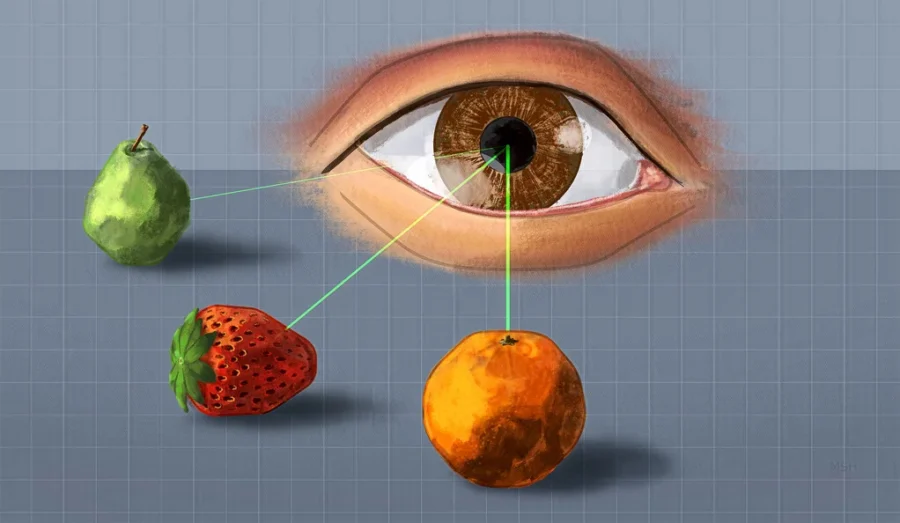The world we see is never as simple as a single object in isolation. Whether reading a book or scanning a crowded street, our visual field is constantly filled with competing information. Now, Yale researchers have uncovered exactly how this visual “clutter” affects our brain’s ability to process what we see.
Summary: Yale researchers have discovered that visual clutter significantly impacts how information flows through the brain’s visual cortex, with implications for understanding human perception and attention. The study provides new insights into why we struggle to process visual information in our peripheral vision.
Reading time: 6 minutes
Key Findings and Implications
In a groundbreaking study published in Neuron on October 22, researchers revealed that visual clutter alters information flow in the brain’s primary visual cortex. The location of this clutter within our field of vision plays a crucial role in how effectively visual information is processed.
“Prior research has shown that visual clutter has an effect on the target of your perception, and to different degrees depending on where that clutter is with respect to where you’re currently looking,” explained Anirvan Nandy, assistant professor of neuroscience at Yale School of Medicine and co-senior author of the study.
Understanding Visual Crowding
The phenomenon, known as “visual crowding,” explains why certain tasks become more difficult in our peripheral vision. For example, as Nandy notes, “if I’m asked to read the word ‘cat’ out of the corner of my eye, the letter ‘t’ will have a much greater effect than the letter ‘c’ in my inability to accurately identify the letter ‘a,’ even though ‘c’ and ‘t’ are equidistant from ‘a.'”
The research team utilized macaque monkeys, whose visual systems closely resemble humans’, to study neural activity during controlled visual tasks. Their findings revealed that while clutter’s location didn’t change the fundamental pathways of information flow, it significantly affected the efficiency of information transmission between neurons.
Monika Jadi, assistant professor of psychiatry at Yale School of Medicine and co-senior author, explained that “visual clutter in one location would drive information in a particular layer of the primary visual cortex to a lesser extent than clutter in another location.”
Glossary of Terms
- Visual cortex: The brain region responsible for processing visual information
- Neural activity: Electrical and chemical signaling between brain cells
- Visual crowding: The phenomenon where surrounding objects interfere with visual perception
- Receptive fields: Specific areas in the visual field that trigger responses in particular neurons
- Information flow: The transmission of signals between different brain regions
- Peripheral vision: Vision that occurs outside the center of gaze
Quick Quiz
- What is the main effect of visual clutter on brain processing?
- Why can’t we read clearly from the corner of our eye?
- What species did researchers use in their study and why?
Answers:
- It alters the efficiency of information flow in the brain’s visual cortex
- Due to visual crowding, where surrounding letters interfere with perception
- Macaque monkeys, because their visual systems are most similar to humans
Enjoy this story? Get our newsletter! https://scienceblog.substack.com/


